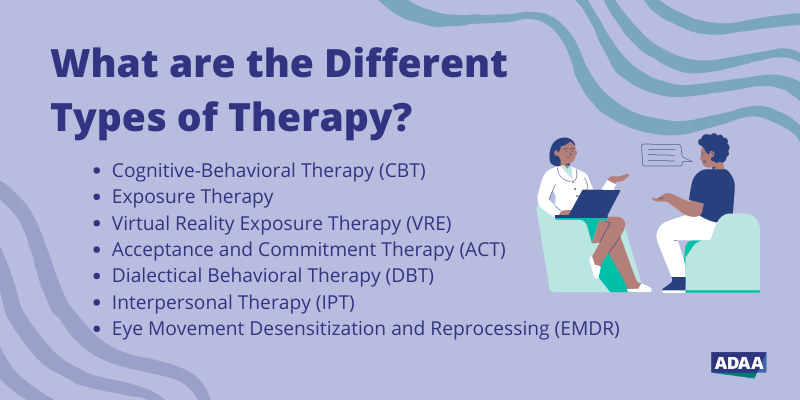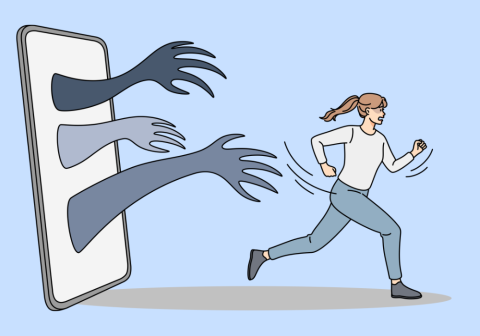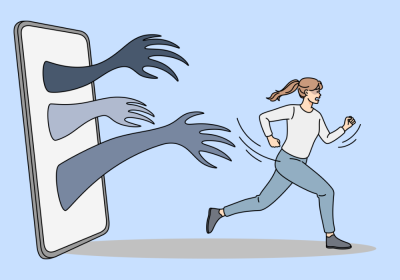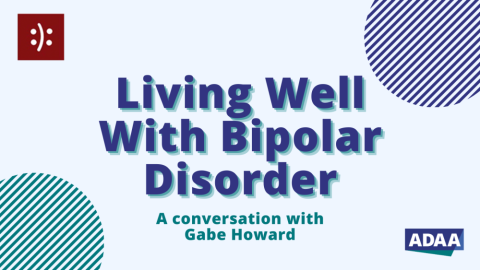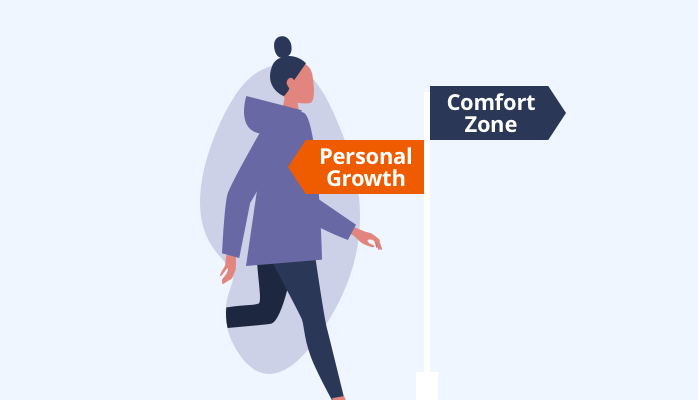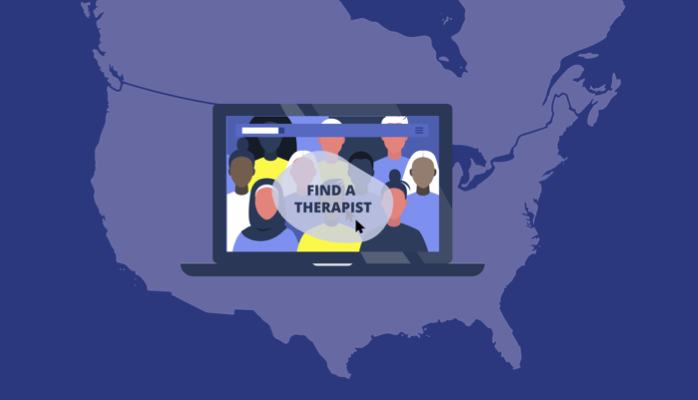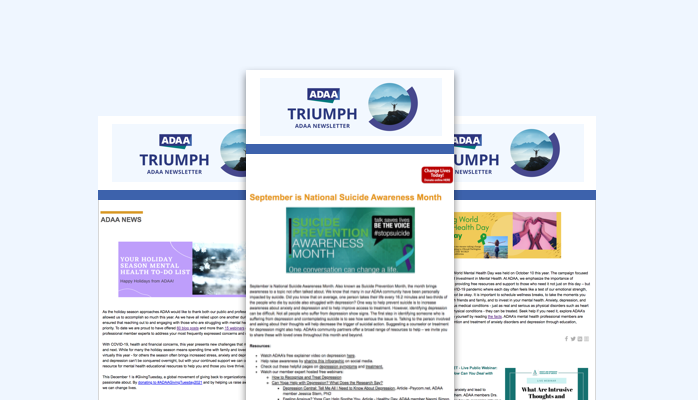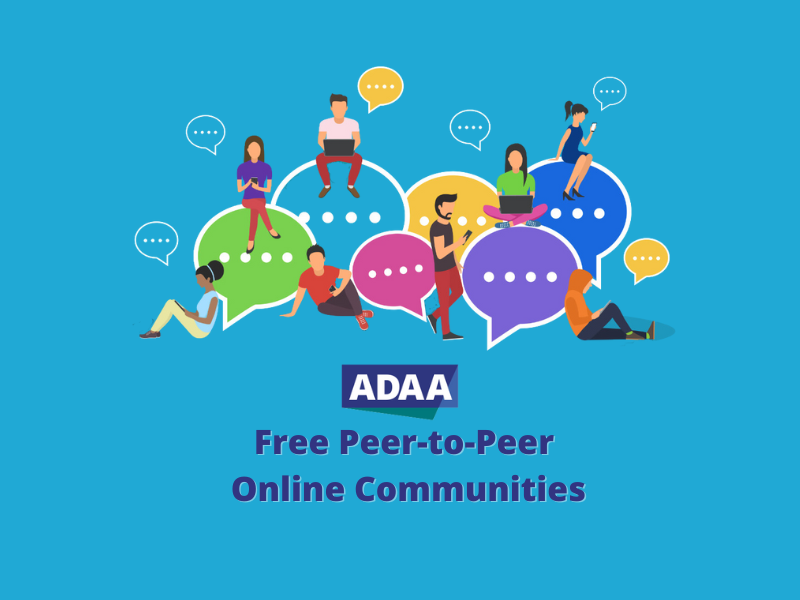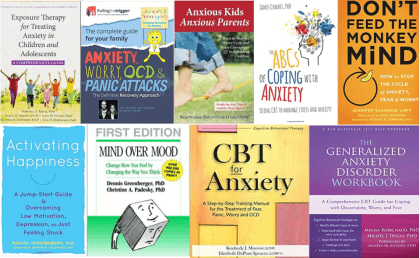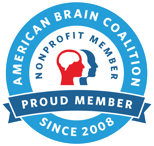Trending Articles
- How to Find a Culturally Competent Therapist, The Jed Foundation
- The Benefits of a Therapist Who Understands Your Cultural Background, The JED Foundation
- How to Find a Therapist featuring ADAA board president, Beth Salcedo, MD and ADAA member Lynn Bufka, PhD
- How to Tell if You Should See a Psychiatrist Versus a Psychologist featuring ADAA member Michelle G. Newman, PhD
- 15 Things to Look for in a Therapist
- How some therapists are helping patients heal by tackling structural racism, NPR

